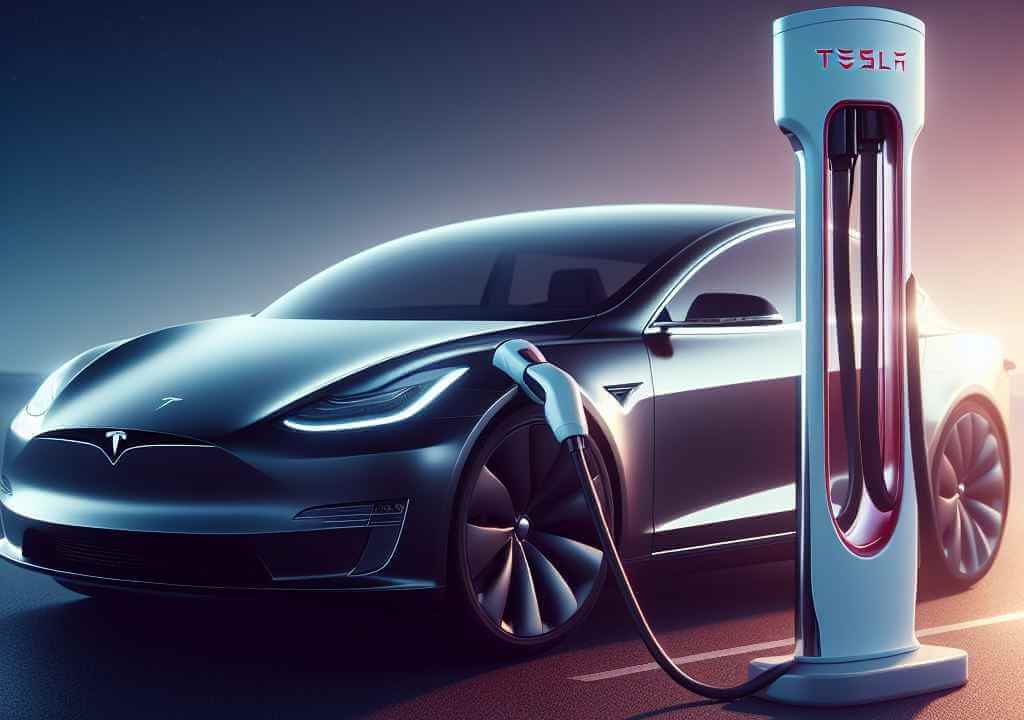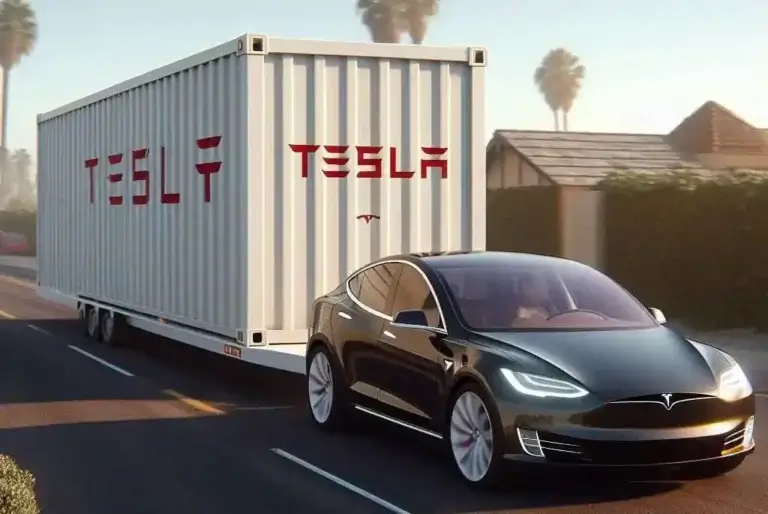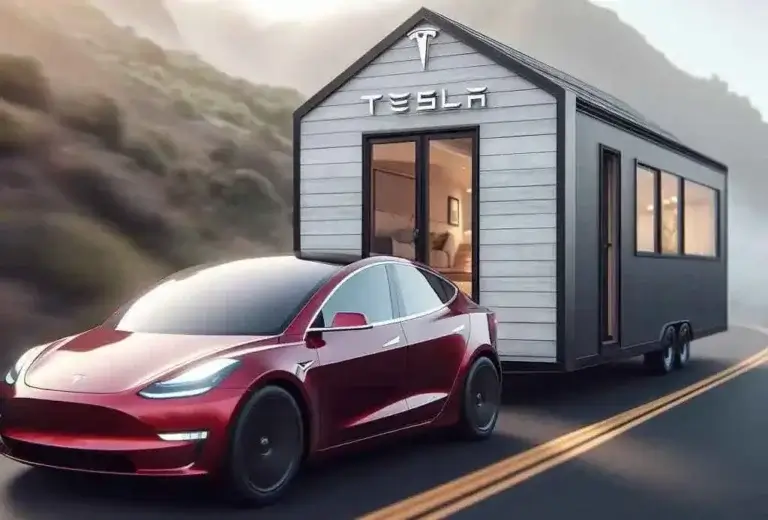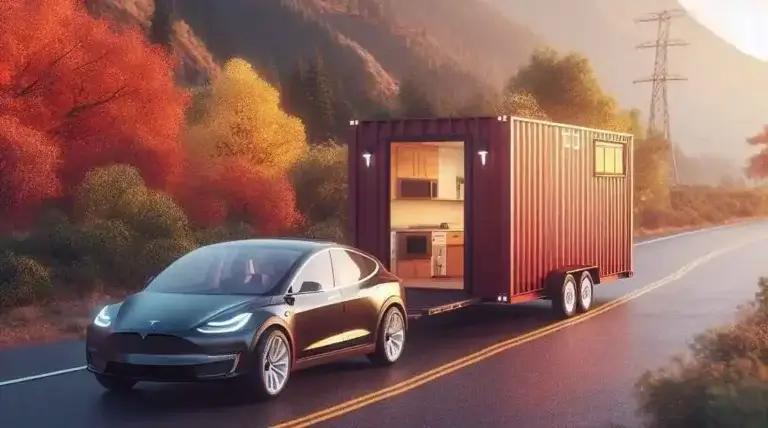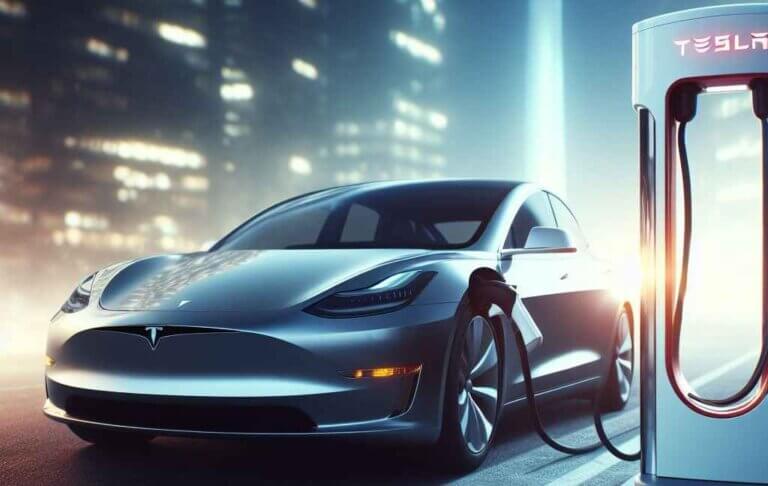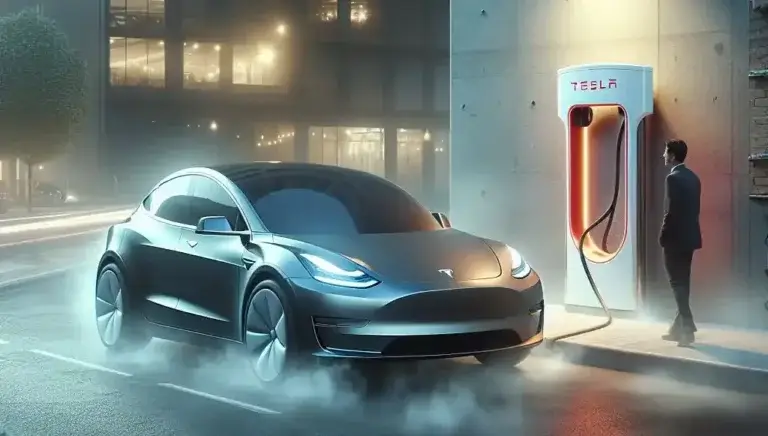Guide For Tesla Wall Charger vs Mobile Charger: Detailed Analysis
As the electric vehicle (EV) innovation gained speed, new options for charging these vehicles like the Tesla Wall Charger vs Mobile Charger also came into the market. Which completely changed the scenarios of charging options for these EV owners. After reading this article on Tesla Wall Charger vs Mobile Charger you will be able to find the best suiting Tesla charging as per your requirements.
For lovers of EVs, choosing between these two charging options is necessary to tackle their difficulties.
The goal of this in-depth article is to make the fine differences between the Tesla Wall Connector and the Mobile Connector clear so that you can choose the best method for charging your electric car. So let’s begin with understanding your needs first.
Table of Contents
Who Needs Tesla Mobile Charger
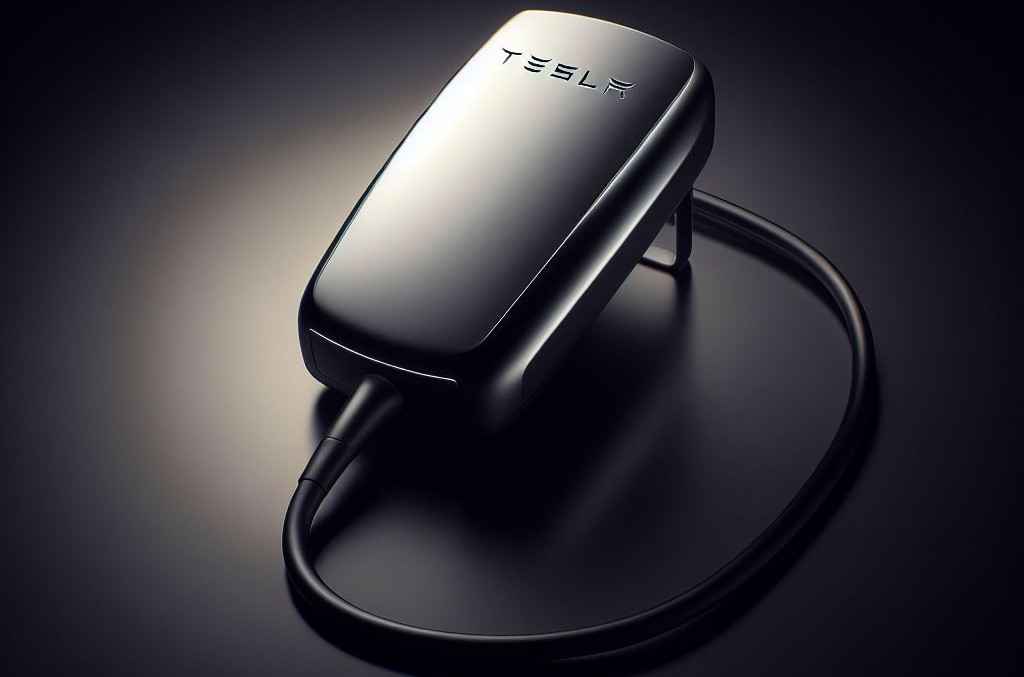
Before digging up the specifications, it’s necessary to recognize the situations in which the Tesla Mobile Connector truly needed. Adventurers and explorers—people who like the freedom of the open road and are not bound by the conventional charging infrastructure—are the target market for this adaptable charging option. The Mobile Connector allows EVs ease to get charged from a range of outlets and is designed to serve clients who value versatility.
The Tesla Mobile Connector becomes your reliable travel partner, whether you’re using a friend’s house, a family member’s garage, or a public charging station. So choosing between Tesla Wall Charger vs Mobile Charger, the Mobile Connector is the ideal choice if you regularly take spontaneous trips. So cutting it short, Tesla mobile charger is for those who can not get charge their electric vehicle from any specific location. Now let us go to check who needs Tesla Wall Charger.
Who Needs Tesla Wall Connector
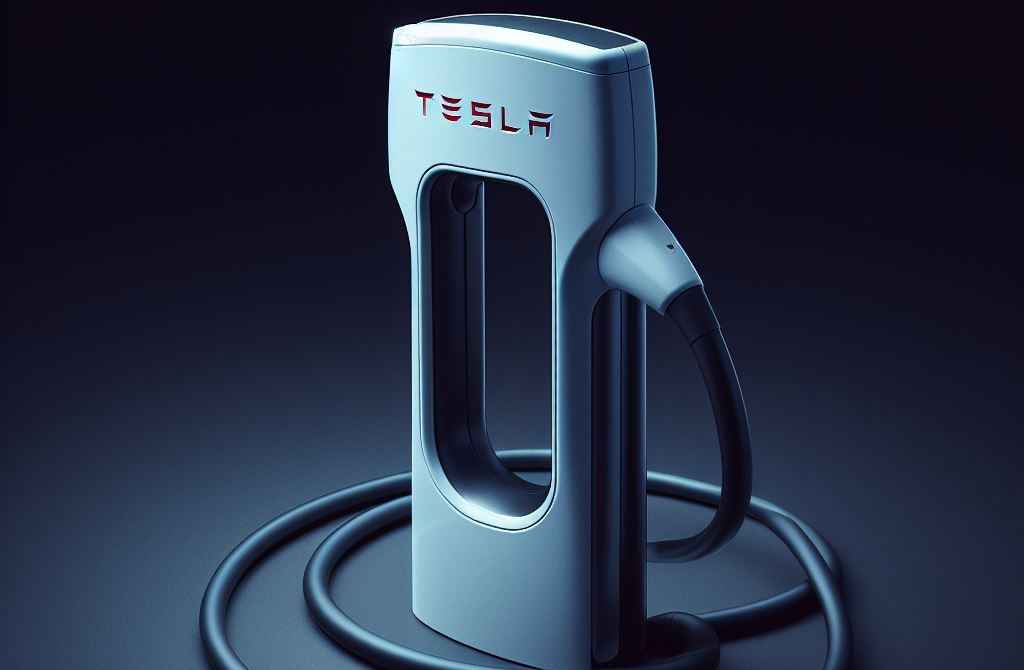
The Tesla Wall Connector takes center stage when it comes to the ease of home charging, while the Tesla Mobile Connector is designed for mobility. The Wall Connector is a simple choice if you’re a homeowner looking to maximize your EV charging experience. It converts your home into a charging hub, providing a speedy and super fast way to charge your electric car. Say goodbye to the inconvenience of looking for charging stations or power-sharing with other EV users.
The Wall Connector is a simple addition to your daily routine that ensures your EV always starts with a full battery. So cutting the story short, the Tesla wall connector is for those who don’t want to carry their EV charger with them. it also suits those who need ultimate fast charging at home with great speed and a more advanced charging experience. I hope the needs between Tesla Wall Charger vs Mobile Charger will be clear now. Let’s begin with a more detailed comparison between the Tesla Wall Charger vs Mobile Charger.
Difference: Tesla Wall Charger vs Mobile Charger
Understanding the differences between the Tesla Wall Charger vs Mobile Charger is essential when you stand at a charging crossroads. Explore their differences to make wise and suitable decisions according to your needs and daily life routine.
Charge with Swiftness and Accuracy
With a surprising up to 44 miles of range per hour and a powerful 11.5 kW / 48 amp circuit output (varies by model), the Tesla Wall Connector emerges as the indisputable charging speed champion. While the Mobile Connector offers the convenience of charging while on the road, it can take longer for your EV to reach full charge.
Installation and Stationary vs. Portable
Installing the Wall Connector requires professional assistance, making it a permanent fixture for committed EV owners. On the other hand, the Mobile Connector grants you the freedom to charge wherever you go, and when you go.
Flexibility vs. Efficiency
The Mobile Connector boasts outstanding adaptability, dealing with your charging needs regardless of location. However, it’s worth noting that the Wall Connector shines in terms of efficiency, especially when you’re at home, delivering rapid charging without compromising on the speed of charging.
Is Tesla Wall Connector More Efficient?
The Tesla Wall Connector, which can provide up to 44 miles of range per hour and an amazing 11.5 kW / 48 amp circuit output (depending on the model), is without a doubt the definition of efficiency. Your charging experience is greatly accelerated by doing this. In comparison to charging using a NEMA 14-50 ( Tesla Mobile Charger ) outlet with a conventional Wall Connector, it is an incredible 50% quicker. Except for the efficiency the cost to install a Tesla 240V outlet is thoroughly explained in this link.
Is It Worth Getting a Tesla Wall Connector?
When considering the investment, careful thinking is necessary, and the Tesla Wall Connector is no exception. The investment is undoubtedly justified for EV Lovers seeking seamless charging and the luxury of quick, at-home charging. However, if your preference leans toward flexibility and on-the-go charging, the Mobile Connector might align better with your lifestyle.
Benefits of Tesla Wall Connector
The advantages of the Tesla Wall Connector are extensive and detailed.
Swift Charging: Thanks to the Wall Connector’s high output and quick charging times, your EV will always be prepared for your next excursion.
Home Comfort: It is impossible to exaggerate how convenient home charging is. With the Wall Connector, you can easily and conveniently charge your devices every day in your home.
Dedicated Charging: By using the Wall Connector, your electric vehicle has access to a dedicated charging station, which eliminates the wait periods sometimes associated with shared public charging.
stations.
How Many KW Is a Tesla Wall Connector?
The Tesla Wall Connector flexes its capabilities with a remarkable delivery of up to 11.5 kW / 48 amp circuit output. This not only ensures swift charging but also underscores efficient energy utilization, ultimately saving you both time and energy. So among
Which Connector Is Better for EV?
The choice between the Tesla Wall Connector and the Mobile Connector depends on individual needs and preferences. The Wall Connector stands as an ideal choice for homeowners seeking efficient and convenient home charging along with the speed of charging and more advanced charging options. On the contrary, the Mobile Connector caters to adventurers, offering the flexibility of on-the-go charging.
Is Tesla Wall Connector AC or DC
The onboard system of your EV converts AC (alternating current), which the Tesla Wall Connector mostly uses, to DC (direct current). Your EV gets the electricity it needs for optimum performance thanks to this smooth changeover.
Which Connector Is Faster for EVs
In the race against time, the Tesla Wall Connector takes the lead. With the ability to provide up to 44 miles of range per hour, it surpasses the Mobile Connector in speed, ensuring your EV spends more time on the road and less time tethered to a charging station.
How Many kWh Is a Tesla Mobile Connector
The Tesla Mobile Connector Bundle has a weather-resistant NEMA 3R enclosure and safely and dependably supplies 7.7 kW of AC power to your Tesla’s onboard charger for both indoor and outdoor installation scenarios. So in the battle of Tesla Wall Charger vs Mobile Charger, the Mobile Connector requires less Kw.
How Many kWh Is a Tesla Wall Connector?
Wall Connector has an output capacity of up to 11.5 kW/48 amps. Wall Connector offers up to 44 miles of range per hour of charging for Tesla automobiles. To calculate your charging speed for non-Tesla vehicles, see the instructions provided by the manufacturer of your car. So in the battle of Tesla Wall Charger vs Mobile Charger, the Wall Connector requires more Kw.
The conclusion between Tesla Wall Charger vs Mobile Charger
The final decision should be based on your charging habits and manner of life. The Tesla Wall Connector enhances your experience as an EV owner and is the industry standard for unrivaled ease and speed for home charging. The Mobile Connector, on the other hand, is the industry standard for on-the-go charging if flexibility and the ability to travel wherever your travels take you are vital to you.
So in my opinion, if you frequently travel and you need to carry a charger with you. The Tesla Mobile charger will be the best choice for you among choosing between the Tesla Wall Charger vs Mobile Charger. There will be limitations on the speed of charging and it will cost you more time but you can plug in the Tesla mobile charger at any place, you just need the active power socket.
On the other hand, you don’t go very far from home and you want your home-based power station for your Tesla EV vehicle to any other electric vehicle. Tesla wall charger will be the best option among Tesla Wall Charger vs Mobile Charger. This will cost you less than private charging stations also and you will enjoy the fast speed, more reliability, and advanced charging option. After this whole discussion, the best way to charge Tesla at home is also available for you to get more authentic information.
To cut the story short, when choosing between the Tesla Wall Charger vs Mobile Charger, the Wall Charger has more plus options.
If you still need more help you can visit other articles available. For more authenticity and to-the-point knowledge visit the official site of Tesla.
Frequently Asked Questions (FAQs)
Can other electric vehicles utilize the Tesla Wall Connector?
Absolutely! The Tesla Wall Connector is made to offer charging options for a variety of electric vehicles on the market, not only Tesla models. It provides adaptability and compatibility to support different EV models.
How quickly does the Tesla Wall Connector compare to the Mobile Connector charge?
For EV owners, charging speed is an important factor. Depending on the model, the Tesla Wall Connector excels in this area, providing an amazing charging rate of up to 44 miles of range per hour. On the other hand, while the Mobile Connector offers on-the-go charging, it might not be as quick as the Wall Connector.
Is it possible to install the Tesla Wall Connector at home without the aid of a professional?
Although DIY projects are fantastic, it is advised to have a professional electrician install the Tesla Wall Connector. The best performance, safety, and compliance with electrical codes are ensured by correct installation.
How can the Tesla Wall Charger help to save energy?
In addition to being fast, the Tesla Wall Charger is also efficient. With a maximum output of 11.5 kW and a 48 amp circuit, it assures effective energy use, reducing energy waste and assisting you in time and resource savings.
Does the Mobile Connector work well on lengthy drives?
Absolutely! For those who enjoy taking road trips and seeking adventure, the Mobile Connector is the ideal ally. It is a useful tool for charging your EV when you travel because of its mobility and compatibility with a variety of outlets.
Is it possible to easily swap between the Tesla Wall Charger and the Mobile Charger?
In fact, depending on your requirements, you have the freedom to choose between the Tesla Wall Charger and the Mobile Charger. To make sure you always have a dependable charging option, take advantage of the Wall Charger’s effectiveness at home and switch to the Mobile Charger while you’re out and about.
Which type of charger—the Tesla wall charger or the mobile charger—is ideal for my way of life?
Your charging preferences and habits will determine whether you choose the Tesla Wall Charger or the Mobile Charger. The Wall Charger is the solution if you favor quick and effective charging at home. The Mobile Charger, on the other hand, offers unparalleled ease for your on-the-go charging needs if you want the flexibility to charge wherever you are.
How do the Tesla Wall Charger and Mobile Charger support environmentally friendly transportation?
In order to drive sustainably, both the Tesla Wall Charger and the Mobile Charger are essential. They support cleaner mobility and the reduction of greenhouse gas emissions by offering effective and environmentally friendly charging choices.

